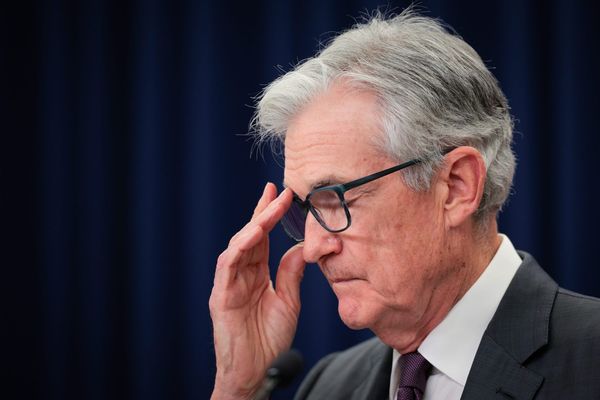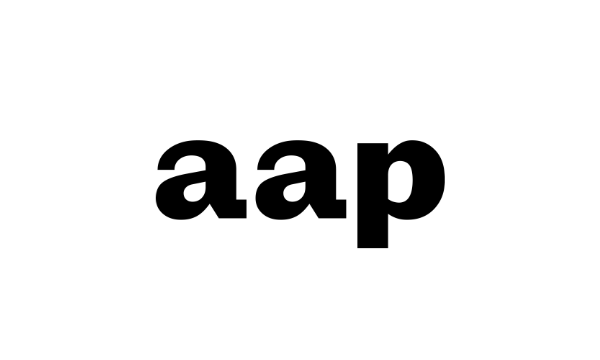In the world of playing cards, every suit, number, and face card has a place, a role, a rank—except for one: the Joker. Existing both inside and outside the traditional structure of the deck, the Joker is an enigma. It is the wild card in every sense of the word: unpredictable, rule-bending, and often game-changing. But how did the Joker come to be? And why is it considered "wild"? The answer lies in a fascinating intersection of history, game theory, symbolism, and cultural evolution.
The Birth of the Joker
The Joker is a relatively new addition to the deck compared to the centuries-old lineage of the other cards. It was invented in the United States in the mid-19th century, not as part of the standard 52-card set but as a special card for the American game Euchre. In Euchre, the highest trump card is called the "Best Bower" (from the German word Bauer, meaning "farmer" or "jack"). Early American players created a unique card to represent this Best Bower, and from this, the Joker was born.
The term “Joker” is believed to have evolved from “Juker,” a German dialect pronunciation of “Euchre.” As the Joker card became more widespread, it was adopted into other games, often serving as a wild card—one that could substitute for any other card or suit. Over time, its flexibility gave it a powerful, almost mythical status in gameplay.
The Joker as a Wild Card
In games like Poker, Rummy, and Crazy Eights, the Joker’s primary function is to act as a wild card, meaning it can represent any other card the player chooses. This gives the Joker the ability to break the rules or bend them in the player’s favor. It can complete straights, finish flushes, or provide an unexpected advantage that shifts the course of the game.
This “wildness” is not just a matter of utility; it is symbolic. In a world of rigid suits and ranked cards, the Joker exists outside the hierarchy. It does not belong to any suit, nor does it carry a numerical value. It is a chaotic force, representing chance, disruption, and creativity. Interestingly, this very unpredictability often means the Joker is excluded from highly structured games like BLACKJACK, where fixed rules and probabilities are paramount. In such contexts, its wild nature would disrupt the careful balance of play, underscoring its unique position as a card that defies categorization.
Symbolism and the Trickster Archetype
Beyond the card table, the Joker draws from deep mythological roots. Across cultures, the trickster figure emerges—challenging authority, bending reality, and revealing uncomfortable truths through humor and deception.
Mythological Connections:
- Loki in Norse mythology
- Court jesters in medieval courts
- Tricksters who question the status quo
The Joker card inherits this legacy. Like the jester, it is humorous, irreverent, and subversive. Its place in the deck reflects this outsider status: sometimes it is included, sometimes it is not. Some decks have one Joker, others have two. Some games do not use it at all. Its presence is conditional, its role unpredictable—just like the archetype it embodies.
Jokers in Popular Culture
The Joker's rich symbolism has propelled it beyond the card table into the heart of modern entertainment.
In Comics & Film:
- DC Comics' Joker stands as Batman's iconic nemesis
- Represents pure chaos—reveling in randomness and destruction
- Embodies the fragility of order and omnipresence of madness
Beyond Visual Media:
- Steve Miller Band's hit "The Joker" explores the character as identity
- Literature uses the Joker as shorthand for unpredictability
- Represents those who exist beyond conventional boundaries
The Joker as a Social Metaphor
In a deck of cards, the Joker is both everything and nothing, a paradox that mirrors real life.
It can represent anyone, any card, any suit, yet it is itself undefined. This makes it a powerful metaphor for people and ideas that do not fit into neat categories.
In an era where nonconformity, fluidity, and unpredictability are celebrated more than ever, the Joker resonates strongly.
It is a symbol for outsiders, innovators, rebels, and anyone who does not play by the traditional rules. It reminds us that sometimes, the most powerful player is not the one with the highest rank, but the one with the freedom to be anything.
The Modern Joker: Art, Design, and Diversity
In modern card decks, Jokers are often the most creatively designed cards. Artists use them to express humor, irony, or political commentary. While the standard face cards may remain fairly uniform across decks, the Joker is where designers let their imaginations run wild.
There is also a growing trend in custom card decks to reimagine the Joker as a more inclusive figure. Sometimes female, gender-neutral, or culturally specific.
Conclusion
The Joker started as a quirky solution to a game rule. Today, it is much more than that. It is a symbol of chaos and possibility, of subversion and potential. Whether used to win a poker hand, illustrate a comic book villain, or describe a person who refuses to conform, the Joker holds a unique space in both the deck and our cultural imagination.
In a world that often prizes structure and predictability, the Joker is a reminder of the beauty and the danger of the unexpected. And that is why, in cards and in life, Jokers are wild.







